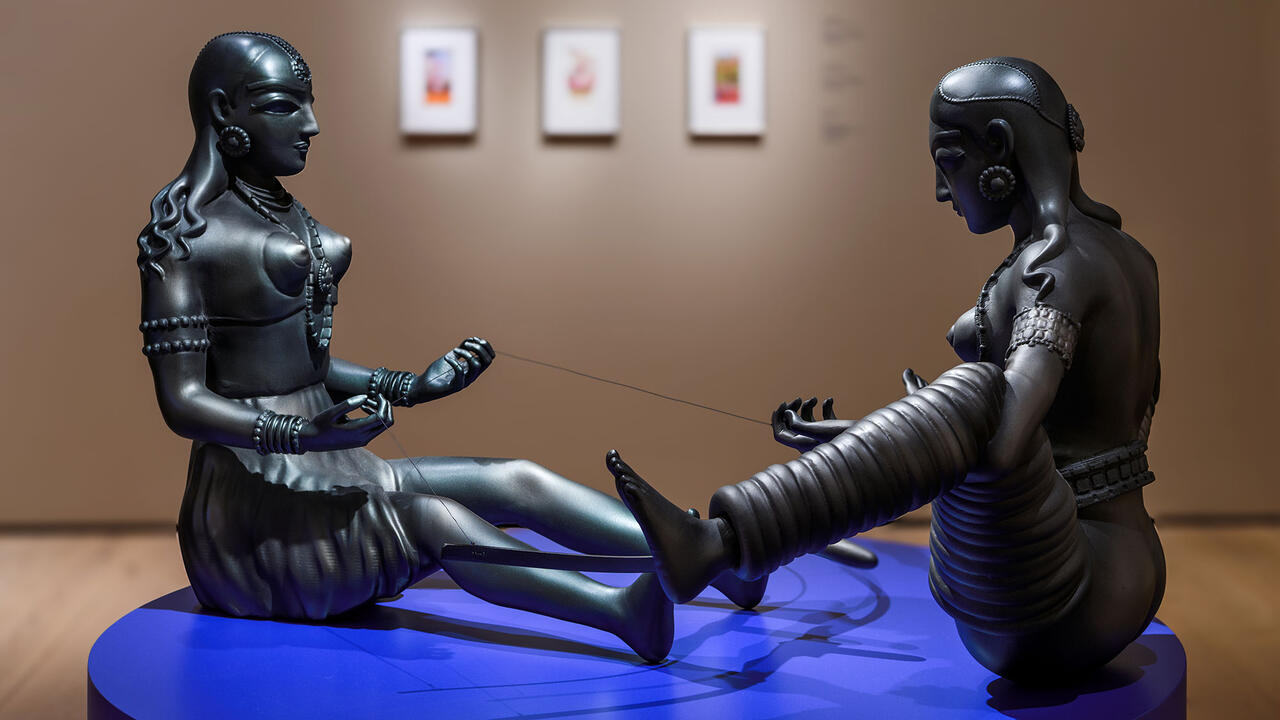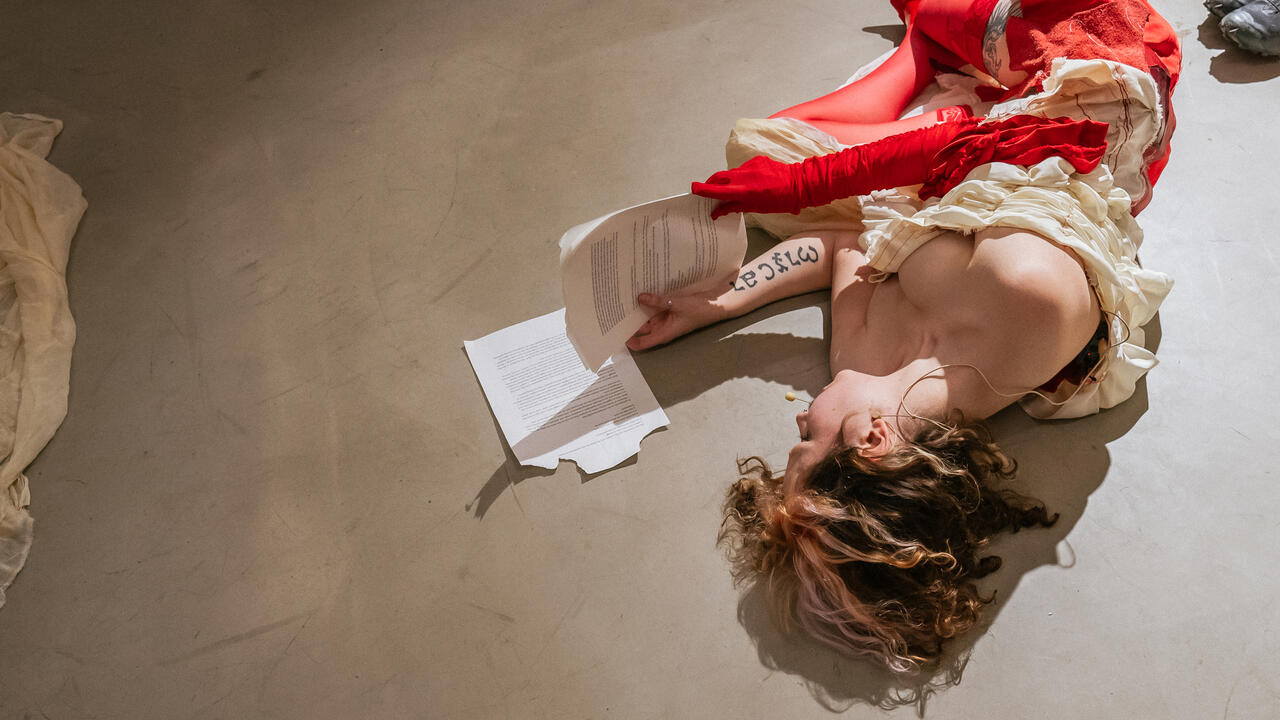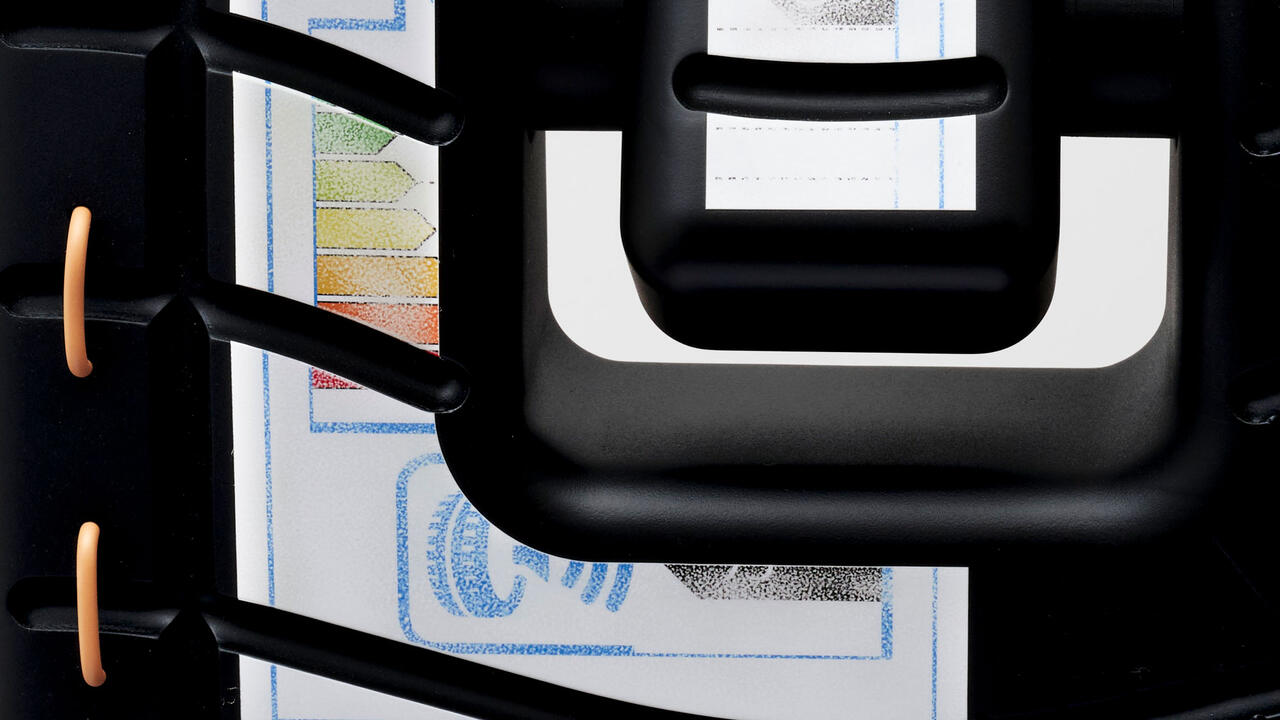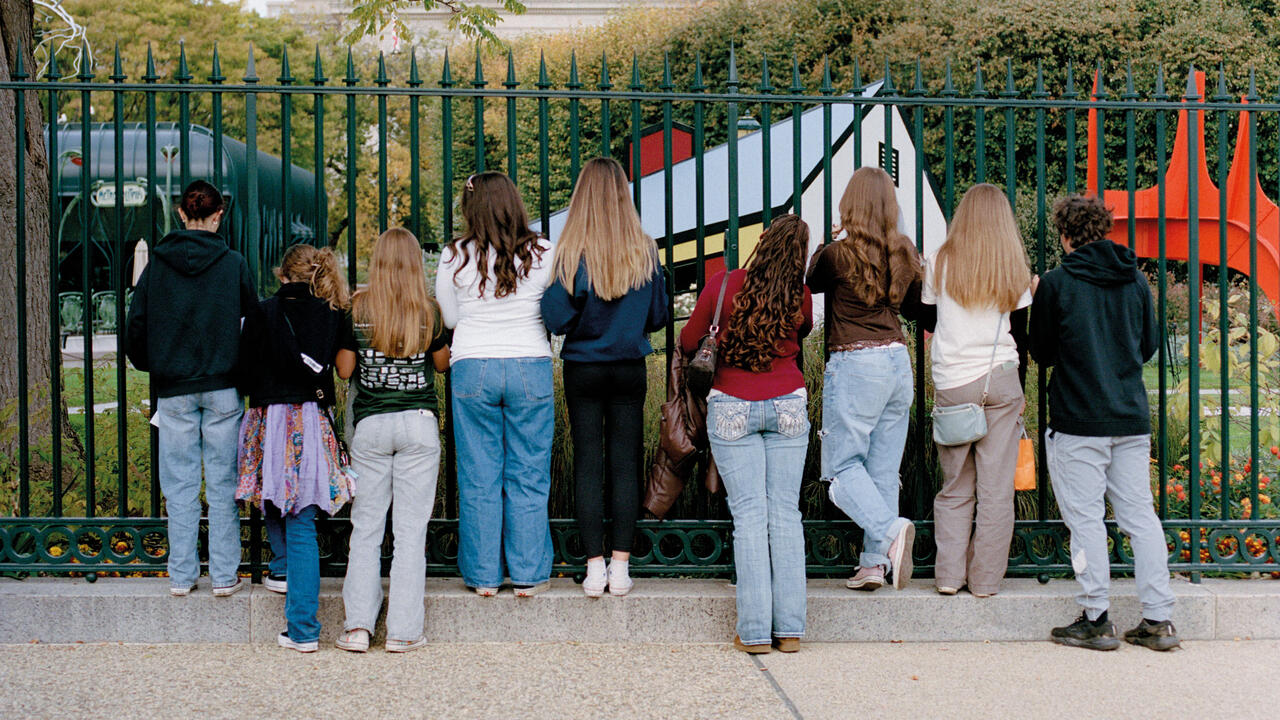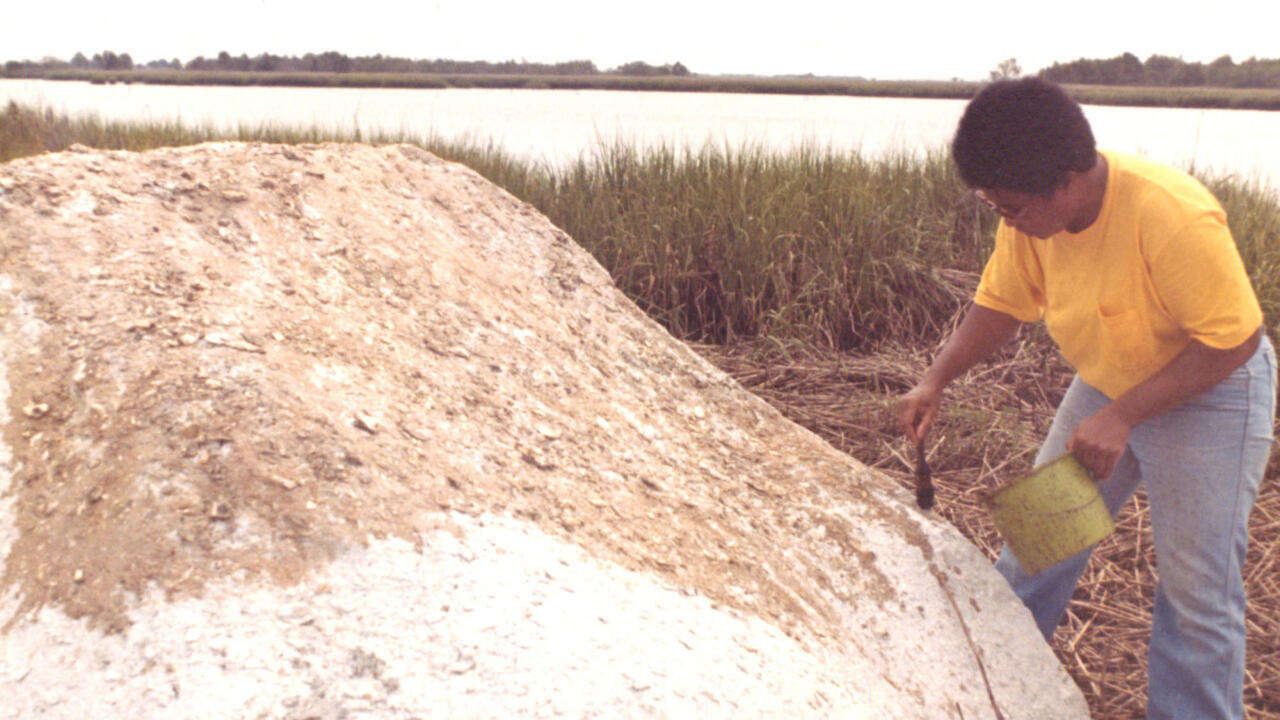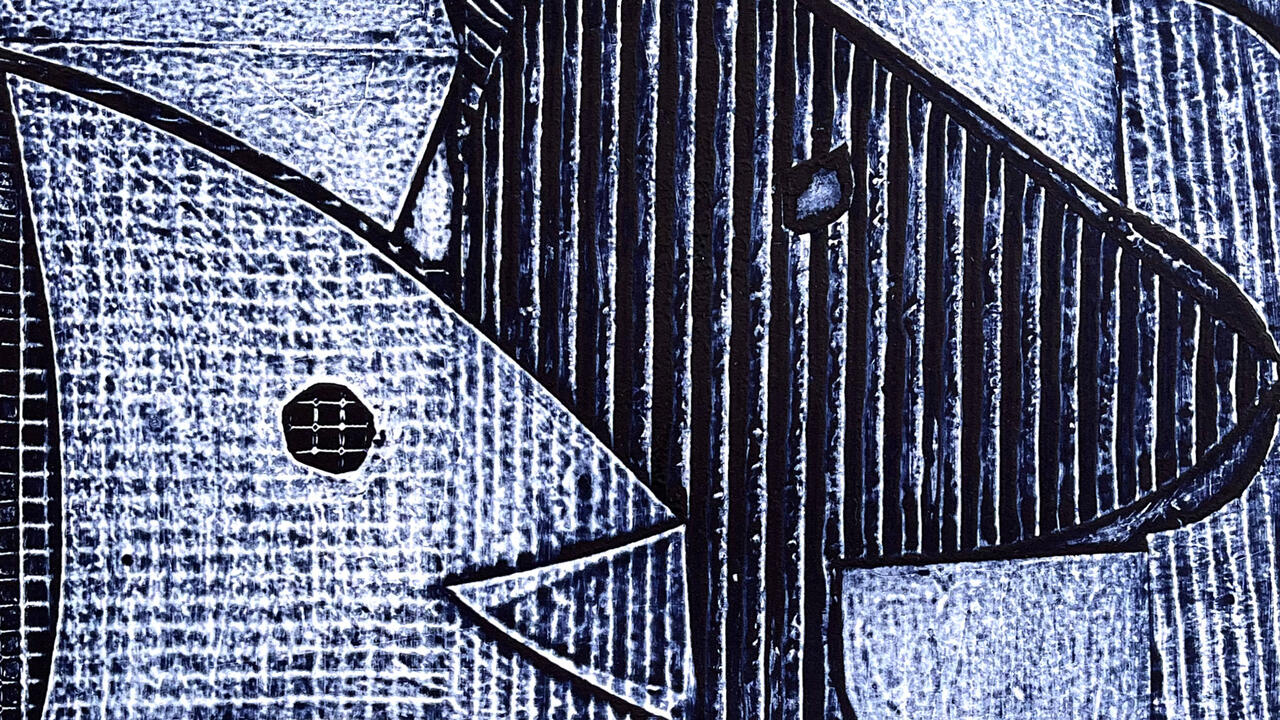How Grindr Changed Gay Life Forever
Founded in 2009, the app sparked a revolution in sex, dating and the social dynamics of the LGBTQ community
Founded in 2009, the app sparked a revolution in sex, dating and the social dynamics of the LGBTQ community

Tiny bottles of artisanal poppers on silver platters, held aloft by shirtless models, cut a gleaming path through the crowd of B-list gay celebrities on the top floor of the Standard Hotel. Outside, fireworks burst across the Manhattan skyline. It was June 2016, I was 24, and it was my first Pride in New York City. I was at Slumbr, a party hosted by the gay sex-and-dating app Grindr, which boasted themed suites designed by artists such as Juliana Huxtable, Jacolby Satterwhite and Stewart Uoo, their bathtubs brimming with booze.
By the end of the night, the party had mostly emptied out. A pretty boy found me wandering in the hall and invited me to his room for a drink with Joel Simkhai, Grindr’s founder. I sat down on the couch and someone’s tongue shot into my mouth. At first, I was too surprised to resist. I looked to the boy for help, but he had already begun to undress. As Joel went to fix us drinks at the bar, I bolted out the door. It wasn’t the first time I had run from a Grindr hookup, and it wouldn’t be the last.
If Slumbr marked the beginning of my life in New York, it also marked the end of something: six months earlier, Simkhai had sold a 60 percent stake in his company to Beijing Kunlun Tech, a Chinese gaming firm. The acquisition was a sign of changes to come, as the optimism of the post-recession Obama years – when gay marriage became legal and technology promised to connect us all – ended abruptly with the election of Donald Trump.
Simkhai founded Grindr in 2009, when we were both still living in Los Angeles. Steve Jobs had announced that the second-generation iPhone would accommodate third-party apps; Simkhai wanted to use his phone’s GPS tracker to find men in his neighbourhood who weren’t hanging out at the gay bars near-by. By the time we met, six years later, the app had been downloaded almost 27 million times in 192 countries and had fundamentally reshaped the dynamics of the gay community.
Grindr’s interface is simple: a trademark grid of often-headless torsos, it has the feel less of a dating pool than a meat market. Like caution tape, its black and orange colour scheme suggests something illicit. No part of a profile is mandatory to fill out, so empty accounts have become a favourite guise of straight and closeted men. Most importantly, profiles are arranged by proximity, illustrating that the availability of sex is a function of population density. The distance between me and the last person in my grid is a geostatistical map of gay desire.

Simkhai is widely credited for starting a revolution in gay dating, but he didn’t throw the first brick. In the 1970s, LGBT magazines were launched by the dozen in newly ‘liberated’ cities across the US, funded largely by personal ads. In the 1980s, the Minitel gave every gay man access to a low-fi chat room. A digital native, I arranged my first date with a boy, at 14, via AOL instant messenger. I found my first one-night stand through a Craigslist m4m ad; my first boyfriend on a gay dating site called Adam4Adam. Through those half-dozen years, I was living in Los Angeles – hardly a heterosexual desert. But, like all queer kids, I was afraid of rejection, reprisal, abandonment. I couldn’t bear the thought of coming out to someone in order to come on to them, only then to be turned away at my most vulnerable. The internet offered me spaces where I knew everyone would be like me; online, rejection could be petty, but it was never existential.
Gay life is a constant audition for membership in a community we are not born into. As queer theorist David M. Halperin has argued, we must learn how to be gay; our parents certainly don’t teach us. But, for young queers, Grindr is a particularly vicious classroom. The app has turned out to be much like the real world: racist and misogynistic, full of fakes and flakes. Its muddy waters teem with catfish. Phrases like ‘no fats, no femmes’ are cruelly common. Black, Asian and Latino users have complained often of discrimination.
What else does Grindr fail to teach us? At least as early as the 1970s, gay men devised an elaborate system of visual codes to identify each other. These codes, documented in Hal Fischer’s 1977 series ‘Gay Semiotics’ – the single hoop earring, the coloured handkerchief tucked in a back pocket – were passed on, from generation to generation, before disappearing sometime around 2000. It’s not clear whether Grindr is solely to blame for that disappearance, but the app has certainly made cruising in public unnecessary. Reactionary responses to the AIDS crisis, of course, played a role: as cities forcibly closed bathhouses and sex clubs, cruising began to migrate online. While it’s good that, in much of the world, queers no longer have to risk arrest to find sex, we’ve lost a certain cultural literacy in the process. We’ve also surrendered a degree of autonomy by exchanging codes devised collectively to avoid detection for a platform of communication that obliges us to submit to corporate surveillance.

In August 2014, it was revealed that Grindr’s distance measurements could be used to triangulate the locations of specific users. Within a few days, more than two million profiles had been pinpointed, including several in the Kremlin and the headquarters of the Republican National Committee. Egyptian police began using the feature to entrap gay men, and it was temporarily disabled. (The app is currently banned in several other countries, including Turkey and the United Arab Emirates.) In March 2019, the Committee on Foreign Investment in the US announced that it viewed Beijing Kunlun Tech’s ownership of Grindr as a national security risk. It’s not clear who the Trump Administration is looking to protect, but the app is now back on the market.
Grindr has been accused of altering patterns of communication so profoundly that it’s led to the closure of gay businesses. Why go to a bar if you can order sex like a pizza from the comfort of your bed? There’s no hard evidence that this is true: bars may be fewer, but they’re full of patrons scrolling through Grindr. I once discovered an orgy through the app in which two dozen naked men stood around with zombie eyes glued to their phone screens.
Alienation is an ironic side effect of a platform that promises the most immediate and raw form of human connection. A 2019 psychology study published in the Journal of Social and Personal Relationships found that dating apps can be highly addictive, even while elevating feelings of social anxiety. This is especially true for gay men, whom studies have shown are more likely to compulsively seek sex as validation for having felt undesirable in the past. Grindr’s chief attraction, though, might not be sex at all but, rather, the pursuit of it: the app allows us to treat the people on the other side of our phone screens like players in just another game. For every friendship I’ve made through Grindr, there are another five guys I’ve chatted with who don’t say hello when I pass them in the street.
What keeps me coming back? My partner, who I met at a bar but only began to date after our conversation moved online. The closeted A-list actor who saved that dull orgy for me with his expression of postcoital bliss. The German parliamentarian who cooked me his mother’s rouladen. The boys in so many countries with whom the app was our only common tongue.
This article first appeared in frieze issue 208 with the headline ‘Under My Thumb’.











